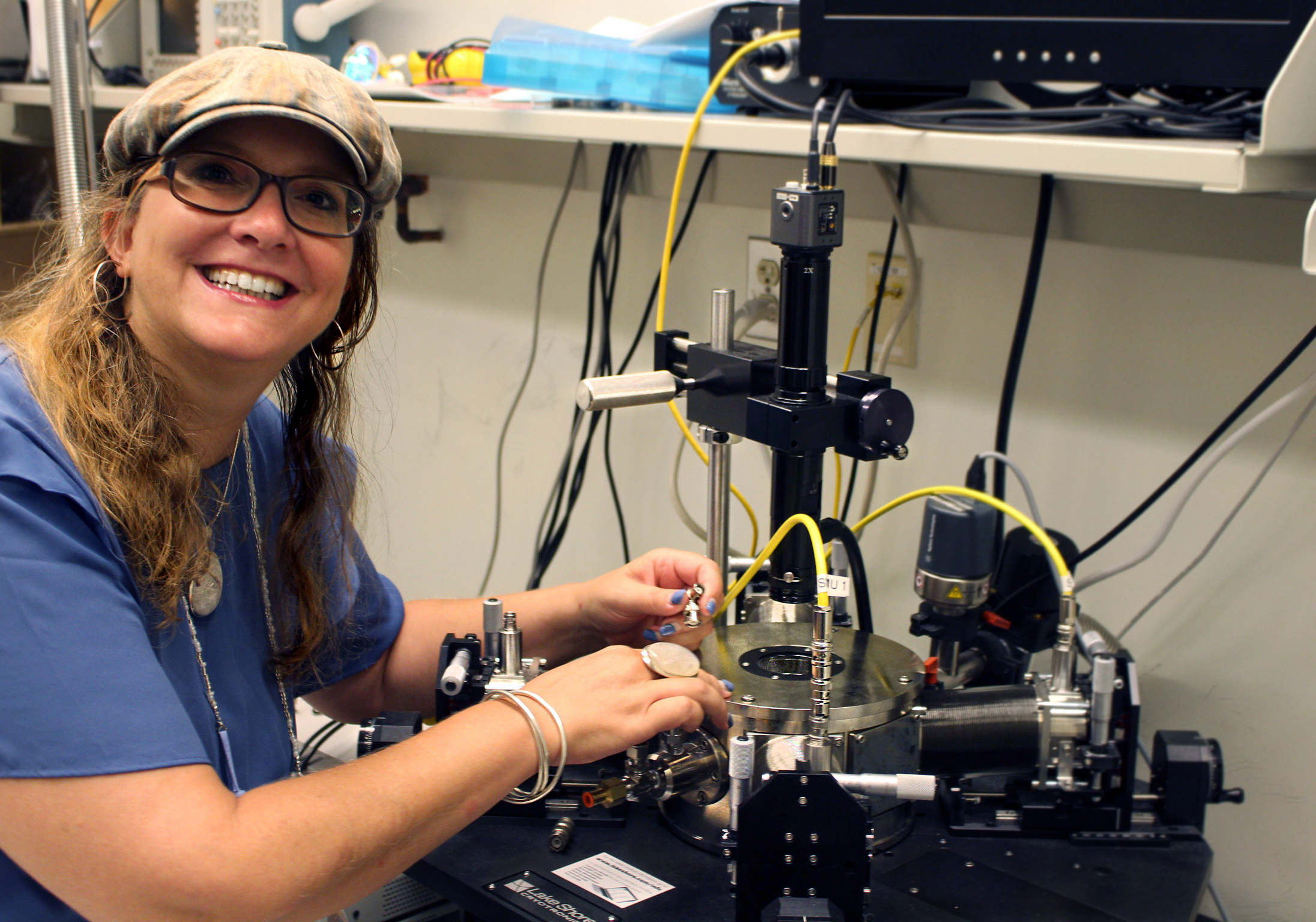
Oct 21, 2021 - Atlanta, GA
1. What is your field of expertise and at what point in your life did you first become interested in this area?
My area of expertise is polymer physics applied to problems in the broad area of organic electronics and photonics, and more recently polymer upcycling. I only became interested in this area after high school. I meant to become an architect but was left handed rendering at that time technical drawing with ink difficult. Hence I chose an engineering study. I opted for Materials Science and Engineering simply because, on the one hand, it was the smallest engineering degree at ETH Zurich, Switzerland (I was the only women student) and, on the other hand, because it seemed to be a fascinating combination of chemistry, physics, mechanics and math.
2. What questions or challenges sparked your current materials research?
Next-generation plastic semiconductors are chemically very differently structured compared to commodity polymers such as polyethylene, polypropylene, or polyesters. This opens many fundamental questions about how they function. Developing mechanistic understanding on structure/processing/property relationships, a key pillar in my research group, will contribute to more reliable manufacturing of plastic electronics and photonics applications, and the design and engineering of new device platforms. It also will assist with technique development to generally gain insights in macromolecular matter.
3. Why is your theme area important to the development of Georgia Tech’s Materials research strategy?
Organic electronics and photonics technology platforms can be expected to have great societal impact because they promise to open new pathways and opportunities that could underpin the ‘fourth industrial revolution’ by reshaping product development and manufacturing, including flexible, rollable electronics targeted, e.g., for health-care applications , large-area energy harvesting, heat management structures for the building environment towards increased climate resilience. Georgia Tech has an incredible breadth and depth in science and engineering; bringing the various activities together will provide a unique platform towards impactful materials research. This requires to bridge current activities in the functional soft matter area with those in inorganic (hard) materials, and combine these with ongoing research in, e.g., physics and chemistry.
4. What are the broader global and social benefits of the research you and your team conduct?
The potential impact of all plastic electronics/photonics technologies to benefit mankind in the next 10 years is extremely significant, and there is no doubt that these materials- and device- platforms will play a big part in a more sustainable future world. They provide underpinning technologies towards future climate resilience of our society and show enormous promise to accelerate decarbonization trough novel, widely applicable energy harvesting systems, multi-functional windows that control light- and heat-flow, and transparent envelope technologies that help to dramatically reduce the overall need for active cooling/heating in buildings, agricultural greenhouses, and electric vehicles, while enabling better daylight access. This is of paramount importance as rising energy costs, and an increased need for energy, have drastically accelerated our demand for the kind of smart, intelligent, multi-functional materials materials for which my group provides mechanistic understanding, towards systems that promote energy conservation, reduce unnecessary emissions, and minimize use of natural resources.
5. What are your plans on engaging a wider GT faculty pool with IMat research?
Having been educated as material scientist with focus on classical polymer physics, and with an active, internationally recognized research program in polymer electronics and photonics systems, I will be extremely well situated to work with IMaT teams across research boundaries. Moreover, as the MSE SoftBio TWG Leader, I have established close links with GTPN and RBI, while my collaboration with, e.g., the Silva group (GT Chemistry) has provided me with a good understanding of quantum science. Hence, I have the multidisciplinary understanding that will help me engaging a wider GT faculty pool with IMaT to create a unique materials research environment that is capable to work across traditional material classes.